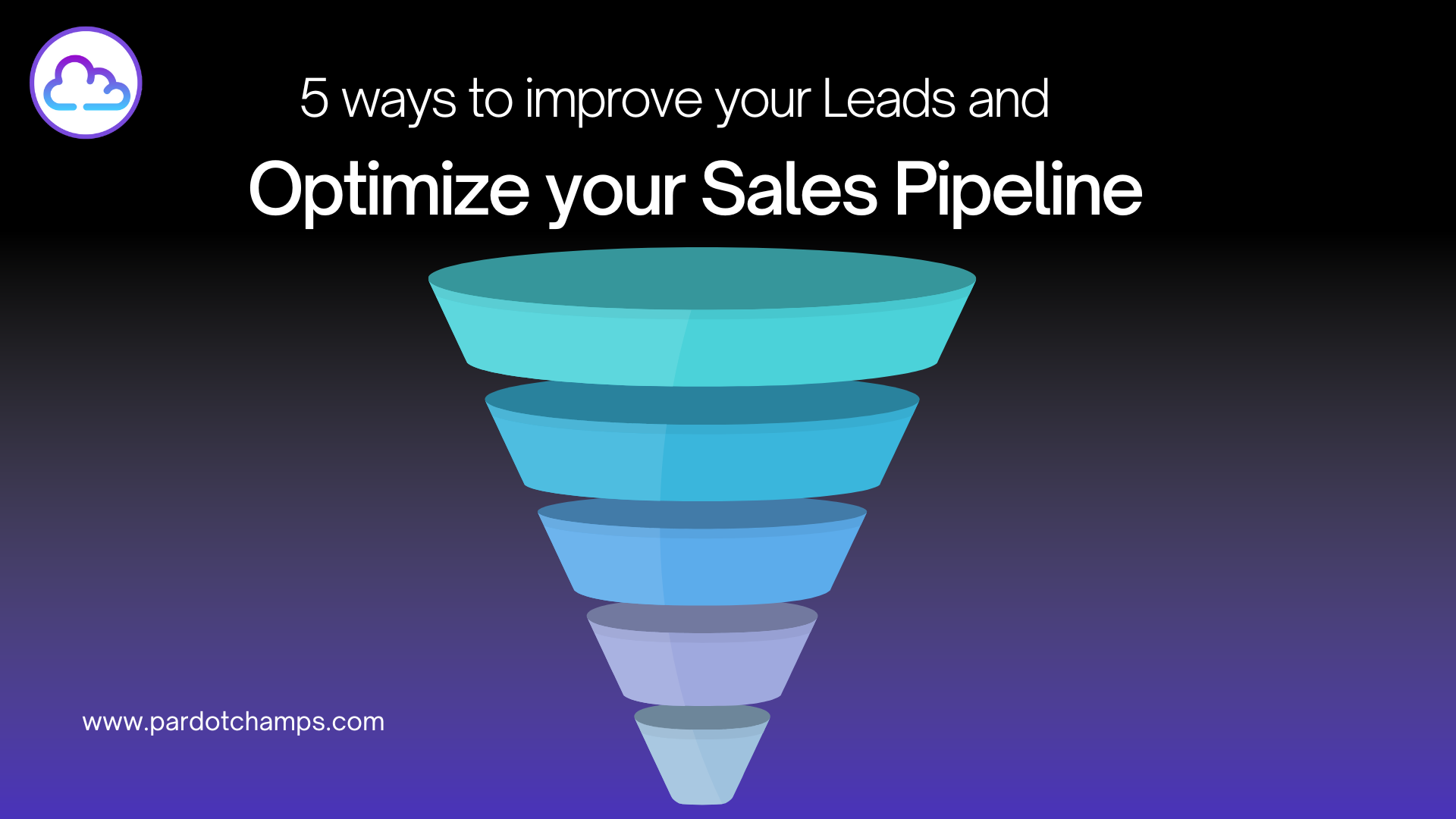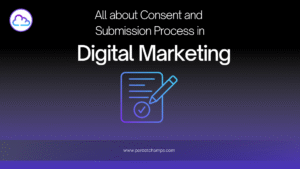Improve your leads and boost conversions with proven strategies for sales pipeline optimization, lead scoring, and CRM data integrity.
Businesses that fail to maintain a healthy lead pipeline often find themselves outpaced and outmaneuvered. Whether leads are sourced from digital campaigns, offline events, referrals, or partnerships, one thing remains constant—your leads are only as valuable as the system you use to manage, qualify, and convert them.
Lead generation is not just about quantity. It’s about quality, process, and precision. Businesses invest substantial time, budget, and human resources to acquire leads. But without a structured, data-driven approach to managing them, those investments quickly lose value. Optimizing your sales pipeline ensures that no opportunity is missed, and that marketing efforts translate into measurable business outcomes.
5 Powerful Ways to Improve Your Leads
Let’s break down five foundational strategies to help you generate better leads and convert them more efficiently:
1. Sales and Marketing Alignment: The Power of Shared Goals
Sales and Marketing alignment is more than just a buzzword—it’s the bridge between engagement and revenue.
Why it matters:
Too often, marketing teams generate leads that sales teams never follow up on, or sales reps waste time on unqualified prospects. This misalignment leads to frustration, finger-pointing, and—most importantly—missed opportunities.

What to do:
A. Map Your Sales Process Clearly
- Define each stage of your sales funnel.
- Identify what constitutes a Marketing Qualified Lead (MQL), Sales Accepted Lead (SAL), and Sales Qualified Lead (SQL).
- Clarify lead attribution models: Is your lead source direct traffic, paid media, or a specific campaign?
B. Establish Clear Lead Handoff Criteria
Use frameworks like BANT (Budget, Authority, Need, Timeline) to set standards for when a lead is ready for sales. Leads that don’t meet these criteria should be routed into nurture campaigns—not dropped.
C. Define Success Metrics Collaboratively
Success can’t be measured in silos. Establish KPIs that both teams agree on—conversion rates, cost per lead, pipeline velocity, revenue influenced, and more. When Sales and Marketing share a dashboard, they share ownership of outcomes.
2. Capture Better Quality Leads: It’s Not About More, It’s About the Right
A high volume of leads may look good on paper, but if those leads aren’t converting, you’re just creating more noise in your CRM.
Key Tactics:
- Enrich Forms with Smart Fields: Use progressive profiling to gradually gather key information without overwhelming the user.
- Leverage Buyer Personas: Understand who your ideal customer is, what motivates them, and tailor your messaging to attract decision-makers—not just curious browsers.
- Implement Lead Scoring Early: Score leads based on job title, company size, industry, and engagement behavior. Prioritize accordingly.
Remember: An Account Executive’s time is best spent on leads with real buying potential. Prioritizing Director-level and above can dramatically improve conversion rates and deal velocity.
3. Prioritize Data Integrity: Your CRM is Only as Smart as Your Data
You can’t optimize what you can’t trust. Poor data quality leads to misrouted leads, incorrect segmentation, and wasted effort.
Best Practices:
- Schedule Regular Data Hygiene Audits: Remove duplicates, standardize values, and validate key fields.
- Use Validation Rules: Set up logic to prevent incomplete or inaccurate lead records.
- Sync Only What’s Necessary: With platforms like Salesforce and Pardot, limit what data is passed back and forth. This keeps your database lean and relevant.
Good data not only improves campaign efficiency—it’s essential for accurate reporting, segmentation, and personalization.
4. Work Leads More Efficiently: From Chaos to Cadence
Not all leads deserve the same attention. Some are ready to engage. Others need more time.
Here’s how to work smart:
A. Use Lead Scoring to Prioritize
Implement a points-based lead scoring system:
- +10 points for C-suite job titles
- +5 points for engaging with high-intent content like pricing pages or demos
- -5 points for inactivity over 30 days
B. Categorize Leads by Readiness
Once scored, group leads into:
- Hot (Level A): Ready for sales now
- Warm (Level B): Nurture with relevant content
- Cold (Level C): Continue educating until ready
C. Automate Lead Routing Intelligently
Use assignment rules or tools like Salesforce Flow to:
- Send qualified leads directly to SDRs
- Recycle cold leads back into nurture tracks
- Alert sales reps to high-priority leads in real-time
Efficiency here doesn’t mean cutting corners—it means directing your energy where it matters most.
5. Track Lead Penetration and ROI: Measure What Matters
You can’t improve what you don’t track. Visibility into your pipeline is what transforms guesswork into growth.
What to Measure:
- Lead Source Performance: Which channels bring in leads that actually convert?
- Campaign Influence: Are your marketing activities creating pipeline and revenue, or just traffic?
- Funnel Conversion Rates: From MQL to SQL, from SQL to Opportunity—where do leads drop off?
Tools to Use:
- Salesforce Campaigns: Link leads and opportunities to marketing campaigns to measure influenced revenue.
- B2B Marketing Analytics (if using Pardot): Deep-dive into attribution models, channel ROI, and pipeline trends.
Bonus Tip:
Establish a feedback loop from Sales back to Marketing. Understanding why a lead didn’t convert is just as valuable as knowing why it did.
Final Thoughts: Build a Pipeline That Performs
Growing a sales pipeline is not about luck. It’s about building a repeatable, scalable system that identifies the right leads, nurtures them intelligently, and tracks them meticulously.
The strategies shared above will help you not only generate leads—but convert them with confidence.
Because at the end of the day, great marketing doesn’t just fill the top of the funnel—it fuels sustainable, revenue-generating growth.
If this guide helped sharpen your approach to lead management and sales pipeline optimization, share it with your team and let’s keep the conversation going. Drop your thoughts in the comments—what’s working for you, and where are you still facing hurdles?
Happy Selling! 🚀






